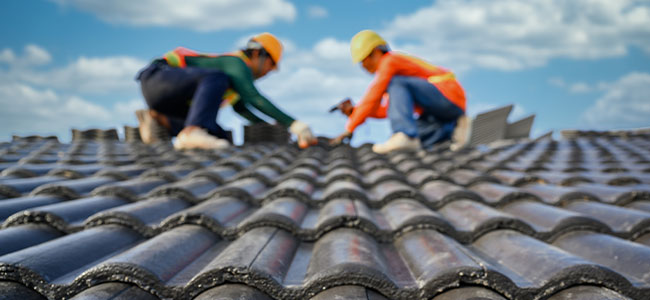
Improving Roofer Safety in 2024
Roofing is one of America's most dangerous professions, necessitating enhanced safety measures to reduce the annual fatalities and accidents.
- By Pat Overson
- Feb 26, 2024
Roofing work is an essential service for residential and commercial property owners across the country. A home or commercial space literally cannot function without a roof over it. The high demand for roofing services means a limited number of contractors are trying to meet an increasing demand. As more roofers work on roofs this year, it is important to remember that a roofing contractor occupies one of the most dangerous civilian professions in America.
Over 50 roofers are killed in roofing accidents every year, according to data from the Bureau of Labor Statistics. Only loggers deal with more workplace fatalities every year. The prevalence of workplace accidents and fatalities means that improving safety must always be a mission of each roofing company. Don’t be passive about safety standards. Here are a few practical steps to improve roofer safety this year.
Continuing and Engaging Education
The best tool to emphasize good safety standards is education, and sadly too many roofing companies don’t take safety education as seriously as they should. Often the safety conversation is a brief two-minute chat before a job or not having the conversation at all. Ideally, every roofing company would hold weekly safety meetings that are educational and engaging. Every week, companies should have a new and relevant safety topic to discuss.
For example, we recently had a cold streak come through so we spent our safety meeting discussing how to protect from frost and cold on a slippery roof. Accordingly, we’re planning a long meeting about dealing with heat exhaustion right before the summer arrives. The key is making sure the safety meetings are engaging. Don’t just have management talk to their team. Pose hypotheticals to them and ask them questions about how a safety process is supposed to be implemented on a job site.
Make sure the team knows the safety standards. Make sure they know how to use the equipment and test them on that equipment use. Wearing a safety harness is something a roofer knows how to do, but still have them practice applying one while not on a job site. Treat safety meetings like school. Repeat the same safety info constantly so the team retains it and make team members who missed the meeting reschedule so that they can also get the information.
This article originally appeared in the June 2024 issue of Occupational Health & Safety.